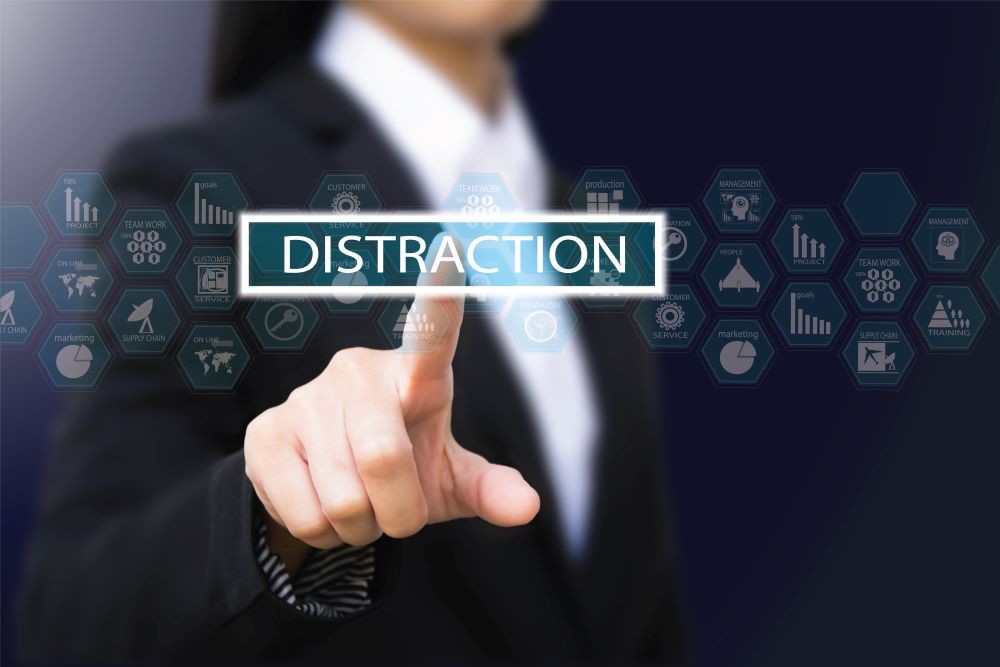We are in the meetings business. We sell meetings. We promote meetings. We create incredible meeting experiences.
So, why is it when you get the cancelled “meeting” on your calendar, you get giddy inside?
You just got an hour back in your busy day when you thought you would be sitting in a boardroom. Now you can chip away at those thousand other things on your to-do list!
When we think about the word “meeting,” we think of words like agendas, collaboration, ideas, problem solving, decision making and discussion. So why do the majority of people feel meetings are a waste of time?
Really, it’s all a science. The science of meetings.
The Owner Sets the Agenda
Whether it’s an internal executive committee meeting at your office or an annual sales meeting for 1,000 people, there must be a plan in place to make it a positive, collaborative experience for all attendees. It must be a plan that will keep attendees engaged, motivated and provide an ROI for their time spent in the meeting.
As we think about what works in a meeting and how the brain works, we cannot expect attendees to sit and listen for extended periods of time with no activity or change in topic.
The “owner” of the meeting needs to send an agenda prior to the meeting so the attendees come prepared. The owner must then run the agenda, keep the group on track, maintain the pace of the meeting and assign post-meeting follow-through to ensure accountability.
If the purpose of the meeting is one of collaboration, it must allow a safe space for individuals to share ideas, brainstorm and debate. Healthy discussion can be incredibly productive when people feel comfortable sharing their perspective and insights. Isn’t this the reason we meet in the first place?
Eliminate Distractions to Ensure ROI
Technology adds to the distraction of meetings as cell phones beep, attendees look at their phones and the person next to you is typing on their laptop—are they really taking notes or responding to emails?
Devices detract from the efficiency and production of meetings now more than ever, and leads to much lower engagement of the group overall, whether perceived or real. While painful for many, eliminating devices during meetings would create a more productive meeting.
The most productive meetings are under one hour and should be limited to the most critical attendees. The owner should begin by setting the stage, reviewing the purpose and expectation of the meeting, and similarly at the end, summarizing the necessary action items and assigning ownership.

Read next: How Physical Environments Impact Learning in Meeting Spaces






